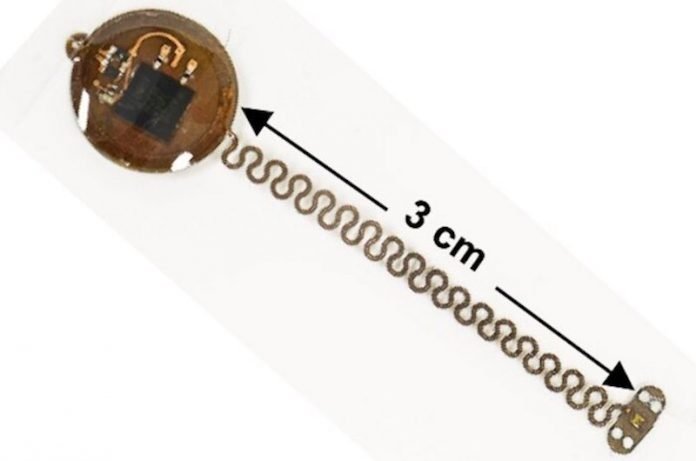
In a new study, researchers have developed and tested for the first time in vivo a miniaturized, battery-free pacemaker that supports optical and electrical multisite stimulation.
The new device is powered wirelessly, omitting the weight and bulk associated with battery power, along with the need to replace or recharge, thereby allowing for indefinite operation.
The research was conducted by a team at the University of Arizona.
Sudden cardiac death is the largest cause of natural death in the United States with over 300,000 adult deaths each year.
In current technology, the battery makes up the majority of the size and weight of a pacemaker.
This can result in a largely visible device that sits on the upper chest and can cause significant dissatisfaction for patients.
By decreasing the size of a wireless pacemaker to about the size of a dime, the goal is for doctors to one day place several pacemakers across the heart.
Having multiple wireless pacemakers on the heart at once can improve the quality of resynchronization therapy as the devices can be programmed externally to synchronize cardiac excitation and contraction, thus making the devices more efficient, effective and comfortable for patients.
The researchers hope this new device will help decrease the risk of sudden cardiac death.
The lead author of the study is Philipp Gutruf from the Department of Biomedical Engineering, University of Arizona.
The study is published in Nature Communications.
Copyright © 2019 Knowridge Science Report. All rights reserved.



